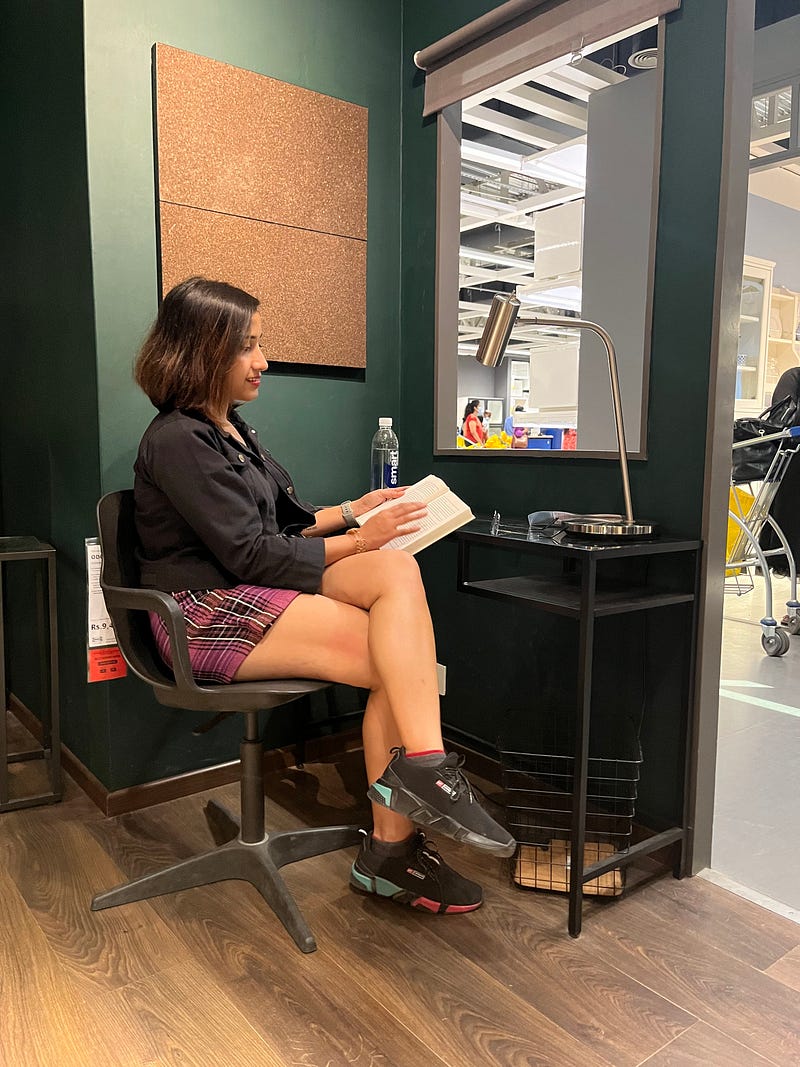3 Mindset Shifts I Had to Make After Quitting My Job to be a Writer
Pursuing your passion and the ever-changing definition of “enough.”

Pursuing your passion and the ever-changing definition of “enough.”
Life as a full-time writer is so much different from being employed in a 9-to-5 job.
With no boss breathing down my shoulders, I can define my priorities and organize my schedule according to what challenges and motivates me.
I can pick projects that I know will impact me positively in the long run. And best of all, since I don’t have “colleagues” per se, I can choose to hang out with people who inspire and energize me.
But I’ve talked about these perks enough.
In this post, I want to talk about the transition and share a few mindset shifts I had to make while switching from being an employee to being my own boss. If you’re thinking of taking the leap of faith or have just started your own venture, read on for some valuable insights.
1. Overcoming “New Job Hangover”
Making a career shift is always exciting. Especially if you have switched from a 9-to-5 job to make a living pursuing your passion, the first few days will be a roller-coaster of emotions.
But what happens when the sheen wears off and the reality of everyday life kicks in?
I’ve been in the same boat, constantly second-guessing myself and wondering if I made the right decision to quit a career I’d devoted ten years of my life to, to shift to something so new and volatile like being a full-time writer.
Here are some things that helped me get over the hangover and settle in my new “job:”
- Reassess your “why.” In the humdrum of everyday life, it’s easy to lose touch with why you took this step. Being connected with your core values will make the transition less confusing.
- Build a routine. When you have no clear plan of how to spend your days, you might start feeling like every day is the same as the rest. This makes the hangover worse. But having a routine will help you feel more in control and not feel lost.
- Find new ways to have fun. This is especially true if you turn your hobby into your profession. Having diverse avenues to derive pleasure will make you feel less frustrated.
- Get through bad days. Some days will be worse than others and make you feel like giving up. In such times, remind yourself that this is just a bad phase and not a bad life. The only way out is through, so do whatever it takes to get through the tough days.
- Have some faith. You’re incredibly talented and have crossed so many hurdles. This hangover might seem tricky, but you’ve been through much worse. Have some faith in yourself that this too shall pass. You’re made for bigger things, and this is just one hurdle you have to surpass.
2. What “Freedom” at Work Means
When I was 25, I thought “freedom” at work meant a steady paycheck of 1 lakh INR, 40+ holidays a year, and enough time to pursue hobbies on the side.
Now that I’m almost 30, I think differently.
After living a self-employed life for almost a year, my definition of “freedom” has changed. Here’s what matters to me these days:
- The luxury of waking up on most days with excitement in my heart to start working.
- A healthy workspace and co-workers that energize me instead of leaving me drained.
- The option to take decisions that push me towards my life goals.
- The flexibility to take a few days off every few months to explore new places.
- The freedom to explore new side hustles, keep expanding my horizons, and make tons of money on the side. (The goal of 1 lakh INR has expanded manifold now, and I’m grateful for the opportunities that keep coming my way.)
In short, freedom at work means I can choose when I do what I do while feeling creatively challenged and with enough time and space to explore new horizons.
Maybe my 9-to-5 job would never have made this possible. But thanks to this new career of being a full-time writer, I get to push my definition of “enough” and truly explore what possibilities the world has in store for me.
3. Aligning Your Job With Career Goals
The first few months as a full-time writer were filled with excitement.
There was always a new goal to chase, a new client to convert, and some new social media milestones to unlock.
But now that it’s been almost a year of journeying down this avenue, I wake up on some days feeling lost.
Since I’ve automated 90% of my business, it’s easy to do the bare minimum and slip into a state of “perpetual vacation,” where all I do is enjoy the little pleasures of life.
But living in autopilot mode is dangerous.
If I only seek pleasure outside of work, I risk stagnation. And since I’d quit my previous job for this very reason, I don’t want to fall back into the trap of knowing I deserve more but having to settle for less.
So, what’s the way out of this problem?
One solution that has worked for me is aligning your job with your career goals. Note that when I say “job,” I mean whatever you do that pays the bills. If it involves pursuing your passion, that’s your “job” for now.
To align it with your goals, you need to clearly understand where you want to be in the next few years. Then, you must consciously list everything in your current life that can contribute to that goal. Double down on them, and eliminate or outsource the rest.
In simple words: be grateful for what you have while taking small, conscious steps every day in the direction your heart desires.
Want to be a successful freelancer but struggling to find good clients? Check out my 90-day guide to finding your first high-paying freelance client. You’ll find 5 pitching secrets, 2 email templates, and a framework to start your freelancing career.



